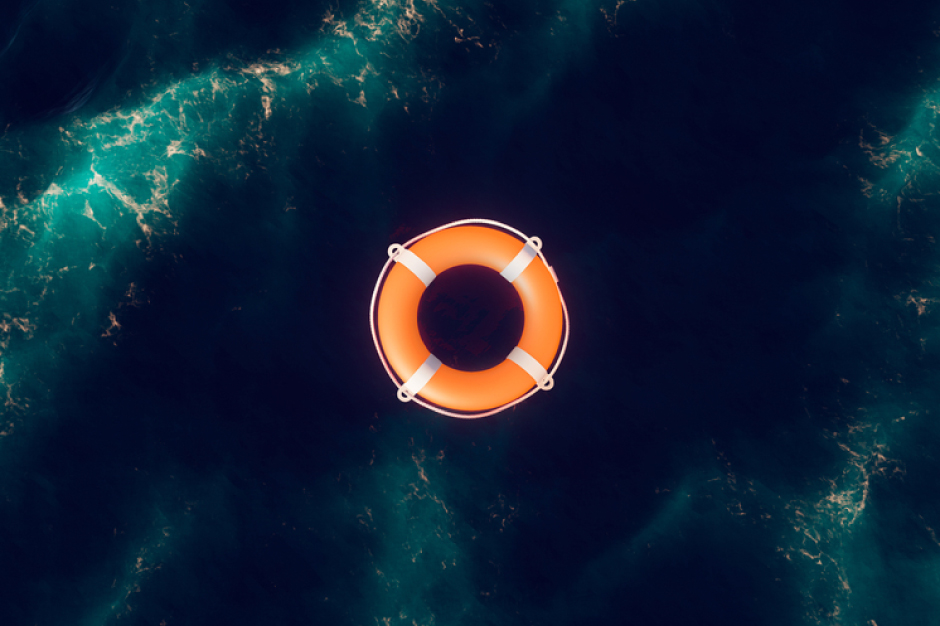
- Blog
-
by Admin
Every vessel needs lifeboats. They are the final resort when everything goes wrong and the crew can not survive without abandoning the ship. We discuss different kinds of lifeboats and their benefits in this article. Let’s find out more
What are the Different Types of Lifeboats?
Lifeboats come in many different forms. They can be divided into eight major types. The following are the eight types:
Let us quickly take a brief look at each of these types.
Open Lifeboats
Open lifeboats are lifeboats that are open to the weather and may be powered by oars or engines. These lifeboats were the first models developed in the eighteenth century.
These lifeboats are vulnerable to weather and water intrusion. Furthermore, they do not stand up when knocked over. As a result, most applications for these lifeboats are not used anymore.
Lifeboat with partial enclosure
A lifeboat with open canopies has open sides that make it easy to get in and out in an emergency.
Lifeboats with engines that start with compressed air are used to move passengers. Once everyone is on board, the canopies can be closed. However, the canopies aren’t completely waterproof.
Completely Enclosed Lifeboats
Lifeboats that are enclosed are safe from weather and water. You can’t get in or out, and water can’t get in. Also, most enclosed lifeboats are self-righteous. This prevents capsizing because it will stay upright if it falls over during a launch or wave.
Rescue boats
These are specialised lifeboats designed to save people who get stranded at sea. This could be when people go overboard or are survivors of a ship sinking.
There are two types of rescue boats: those with inboard engines and those without.
Merchant vessels usually have one rescue boat plus one or more rescue boats that are compliant with SOLAS regulations. If the starboard lifeboat is compliant with SOLAS regulations, it may be the rescue boat. Since ships tend to berth on the port side more often, the port-side lifeboat is usually designated as the rescue boat.
Inflatable lifeboat
Small boats and yachts might not have room for a lifeboat. In those cases, they use an inflatable lifeboat instead. Large merchant ships use inflatable liferafts instead of lifeboats. Almost all inflatable lifeboats can automatically inflate with a cartridge that provides high-pressure air.
Freefall lifeboat
Some lifeboats are dropped from a height; for example, the free-fall lifeboat. The shape makes it safe when it hits water and floats. A free-fall lifeboat is near the ship’s stern. It’s stored on a slipway that slopes down, so the lifeboat can fall free under gravity.
Fireproof lifeboats
Compared to a standard lifeboat, lifeboats with extra features, like fire-protected or fireproof lifeboats, can last eight minutes under fire.
Lifeboats on ships that could catch fire, like chemical and oil tankers, have a water sprinkler system to protect them from strong fires. Also, the lifeboat has a temporary air supply system for residents. This makes the lifeboat able to sail through fires until it is far away from the incident.
Hyperbaric lifeboats
A hyperbaric lifeboat is a unique kind of lifeboat for diving vessels. In the case of a serious emergency, these lifeboats are supposed to take divers off the main vessel. These lifeboats have more equipment than regular ones. They have engines, generators, life support systems, and more. They can last 72 hours without a crew, which is more than regular lifeboats.
What Should Be the Capacity of Lifeboats on Vessels?
A cargo ship must have at least two lifeboats, one on each side. They should have enough room for everyone on board. If only one lifeboat could be launched, everyone could fit inside it.
Final Thought
Lifeboats are important ship or yacht amenities. They offer security and comfort when things get unexpectedly tough. To understand maritime safety, read this post about different kinds of lifeboats. We hope this post provides enough background information on lifeboats.
